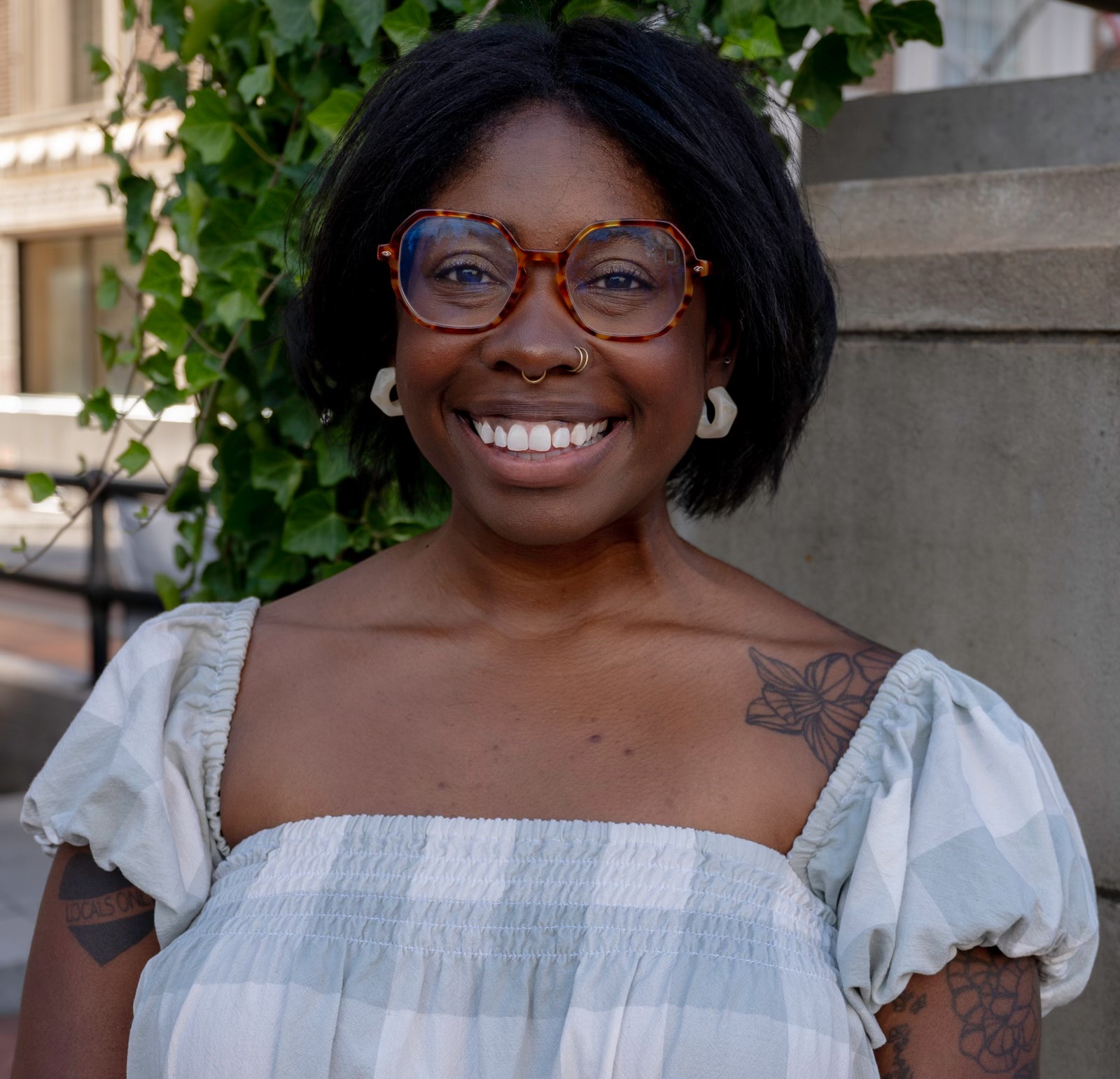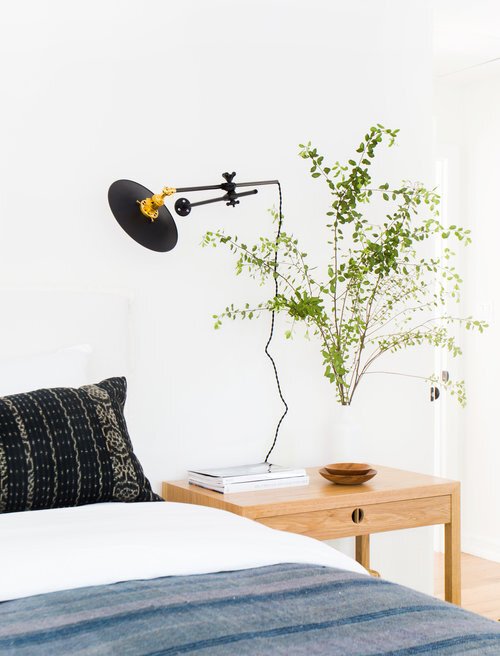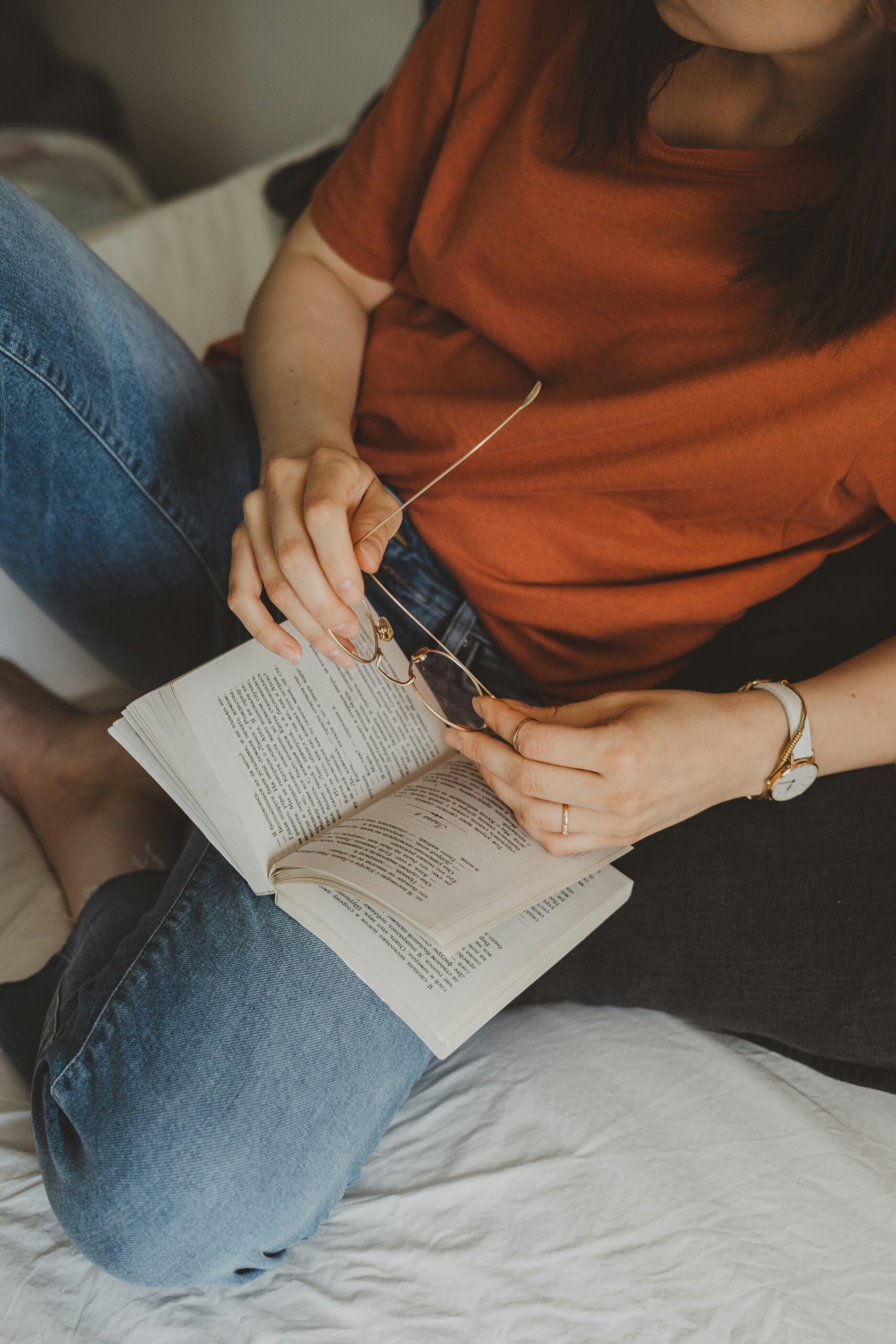
The Joy Of Do Not Disturb
We all know the feeling: You’re sitting on your couch only to look up and realize you’ve been on TikTok for hours and you’re deep in the lore of every notable momfluencer. Day has turned to night, and your fingers are on the verge of cramping. What started as a harmless desire to relax now has you mere moments away from making your third online purchase from a sponsored ad. You honestly don’t know how you got here.
“What started as a harmless desire to relax now has you mere moments away from making your third online purchase from a sponsored ad.”
If you can’t relate to this, I envy you.
Several months ago, I was in a place where opening my phone and spending more time than I’d like to admit on social media had become second nature. Though I spent weekends exploring new cities, saw some of my favorite musicians live, and had deep belly laughs with friends when we met up after work, I was in a constant state of anxiety. The need to always be on, available, and consuming information left me in a perpetual state of alert. I felt that I had to be constantly available for friends, family, and work — that if I took a break, well, I wasn’t sure what might happen.
I decided it was time for a change, knowing there was a pretty simple way to usher it in. It had been waiting in the background on my Settings screen all along: Apple’s Do Not Disturb (DND) feature. Most other phones and devices have something similar. Essentially, Do Not Disturb pauses notifications so you’re not subject to the constant barrage of notifications luring you back down another rabbit hole. As I explored it, I found that there’s even an option to customize your DND settings based on your location (work, home) or activity (sleeping, reading). I had previously considered the function to help me focus at work, but I was beginning to realize that it could also help me relax, too.
Since I had been staying up way past my desired bedtime, responding to texts and checking my Instagram feed, I first focused on my DND settings for sleep. But maybe you want to start with another area of your life: If you’ve realized that certain apps make you feel distracted at work (and, in turn, prolongs your work day), you customize your settings to allow you to be more productive. Or maybe you notice yourself checking your phone constantly while spending time with loved ones, DND can also help you to be more present with the people in your life.
“Since I had been staying up way past my desired bedtime, responding to texts and checking my Instagram feed, I first focused on my DND settings for sleep.”
For me, it wasn’t just my phone usage around bedtime that I wanted to change. It was also my after-work routine. Almost daily, I would come home from work, plop down on the couch and prime my fingers for 1–3 hours of consuming content on social media. Once my brain got in that mode, it was really hard to snap out of it. The deeper I got, the harder it was to pull away.
I had heard of an app called One Sec which describes itself as “a free app that makes you wait and think before opening distracting apps or websites.” It sounded like a good step toward curbing this habit.
The app prompts you to have a moment of thought before opening your selected apps. You must then select the time length the app will be allowed (3, 5, 10, or 15 minutes). You can customize what your “moment of thought” looks like based on your preference — and you can also set One Sec to prompt you again after you’ve been scrolling for a designated amount of time. Now, anytime I try to open Instagram or TikTok, I’m prompted to do a 10-second breathing exercise. After the exercise, I am given the option to continue to the app or simply not open it. I’ve been surprised at how many times I’ve simply decided to put my phone down.
“Now, anytime I try to open Instagram or TikTok, I’m prompted to do a 10-second breathing exercise.”
For times when I do need to log on, I’ve customized my settings to prompt me to select a purpose for my use. I must specify why I am logging by choosing from options like “respond to a message” or to “scroll aimlessly.” This causes me to be more intentional about why I’m using the app at any given moment.
Let me tell you, this app has been a blessing. It has made me ten times more mindful of why I am picking up my phone, dramatically cutting down on my use. This added dose of mindfulness has been so helpful. Spending less time on social media has helped me clear my headspace. And all it took was building a new habit: Pausing before falling into an old one.
I’ve also found that the moments of mindfulness created by pausing first have spilled over into other aspects of my day. When I’m involved in a tense situation at work, I give myself a moment before I respond. When my fingers are primed to make an impulsive online purchase, I take a beat. Allowing mindfulness into my life in the area of social media use has allowed me to lead a more mindful life in general.
“Allowing mindfulness into my life in the area of social media use has allowed me to lead a more mindful life in general.”
But, it wasn’t always easy, even with these great tools. There were times when cutting down on phone time was pretty excruciating, especially at first. Without my quick-fix solution of scrolling, I became more aware of and curious about this need for dopamine that was surfacing for me.
So, I began to revisit things I loved to do that I knew could give me that same boost. I made it a priority to go on a walk each morning and found that getting my body moving shortly after getting up gave me a natural buzz. I dedicated more time to my writing, feeling a sense of renewal after being creative. I made a commitment to see friends more, whether that be over dinner, a concert, or manicures.
After realizing that I had been spending my entire lunch break cooped up in my office on my phone, I decided to take things a step further and made a new commitment to myself to get out of my workspace during that time. I work in a very small city about 15 minutes from where I live and really hadn’t done much exploring. With a quick search, I found a coffee shop, city amphitheater, and public library all within a 5-minute drive of my office. Armed with a book, I visited each one that first week. Here’s the pièce de résistance: I left my phone in the car.
This final step gave me a sort of peace I wish I could capture like a firefly in a mason jar. During the hour I spend reading in a peaceful setting during my break, I feel completely unencumbered. After doing all of this for a few months, I truly feel reset. I look forward to my mornings without the barrage of notifications and cherish my phone-free lunch breaks spent diving into my latest literary obsession (currently: “Good Material” by Dolly Alderton, if you’re curious!).
“I look forward to my mornings without the barrage of notifications and cherish my phone-free lunch breaks.”
Whether you’re a chronic doom-scroller who would never reveal your screen time or you simply want to be more mindful of your media consumption and time on your phone, it’s worth considering how making this intentional shift could impact you and your well-being. Changing the way I interacted with my phone gave me an ease of living that seemed long gone. I felt more margin for the things that really mattered to me.
Jordan Hemphill is a licensed therapist at a non-profit in South Carolina. Most often, she can be found snuggling with her cats, Julep and Sophie, or reading in her hammock. She is passionate about live music, loves a slow jog, and would spend every fall in NYC if she could. You can keep up with her on Substack.




